
)
Tour Code: ZK114192-2
Tour Duration: 5 Days 4 Nights.
Tour Themes: Classic, UNESCO, Culture History, Landscape
Tour Route: Seoul - Suwon - Yongin - Seoul
5 Days Korea UNESCO Tours Seoul Suwon Yongin
You can tailor-make the tour duration, route, themes, and cultural experiences, etc.Seoul Arrival
Seoul Free Day
The Cheongwadae(Blue House)
Gyeongbokgung Palace
Korean Folk Village
Suwon Hwaseung Fortress
Imjingak Resort
Imjingak Pavilion Freedom Bridge
The 3rd Infiltration Tunnel
Seoul Departure
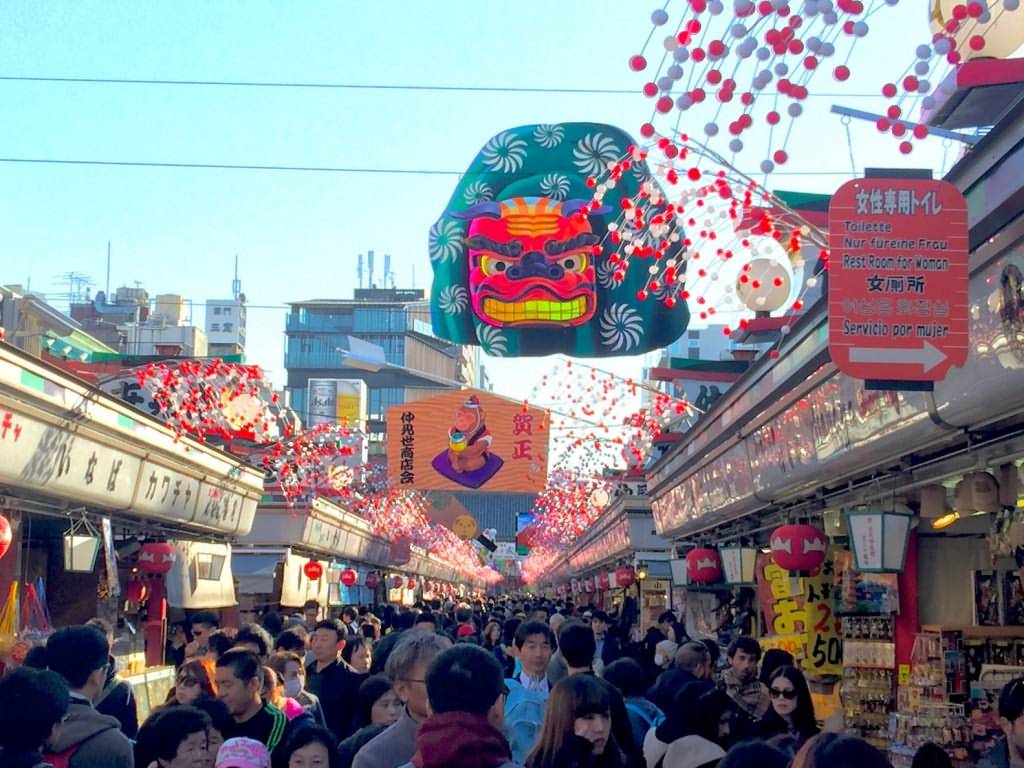
Tour Code: BJ114908-1
Tour Duration: 15 Days 14 Nights.
Tour Themes: Luxury, Classic, UNESCO, Culture History
Tour Route: Tokyo - Mt.Fuji - Hakone - Kyoto - Yasugi - Matsue - Izumo - Matsue - Hiroshima - Osaka
15 Days Japan Luxury Tours Tokyo Mt.Fuji Hakone Kyoto Yasugi Matsue Izumo Hiroshima Osaka
You can tailor-make the tour duration, route, themes, and cultural experiences, etc.Tokyo Arrival
Tokyo Free Day
teamLab Borderless: MORI Building DIGITAL ART MUSEUM
Nakamise Shopping Street
Sensoji Temple
Tokyo Free Day
Oshino Hakkai
Oishi Park
Lake Kawaguchi
Fushimi Inari Shrine
Arashiyama
Arashiyama Bamboo forest
Nijo Castle
Kinkaku-ji Temple
Kiyomizu-dera Temple
)
Tour Code: ZK113140-4
Tour Duration: 12 Days 11 Nights.
Tour Themes: Classic, UNESCO, Landscape
Tour Route: Seoul - Chuncheon - Gapyeong - Seoul - Sokcho - Seoul - Busan - Gyeongju - Seoul
12 Days Korea UNESCO Tours Seoul Chuncheon Gapyeong Sokcho Busan Gyeongju
You can tailor-make the tour duration, route, themes, and cultural experiences, etc.The Cheongwadae(Blue House)
Gyeongbokgung Palace
Nami Island
Petite France
Duty Free Shop
Mt. Seorak National Park
Gwongeumseong Fortress
Sinheungsa Temple
Seoul Free Day
Seoul Free Day
Dalmaji Hill
Haedong Yonggungsa Temple
Haeundae Beach
)
Tour Code: NA116990-3
Tour Duration: 9 Days 8 Nights.
Tour Themes: Kids-friendly, Classic, Culture History
Tour Route: Tokyo - Seoul
9 Days Japan|Korea Family & Kids-friendly Tours Tokyo Seoul
You can tailor-make the tour duration, route, themes, and cultural experiences, etc.Tokyo Arrival
Tokyo Free Day
Meiji Jingu Shrine
National Diet Building
Imperial Palace East Gardens
Sanrio Puroland
Shibuya Crossing Intersection
Tokyo Disneyland
Tokyo Free Day
Gwanghwamun Square(Gwanghwamun Gate)
Gyeongbokgung Palace
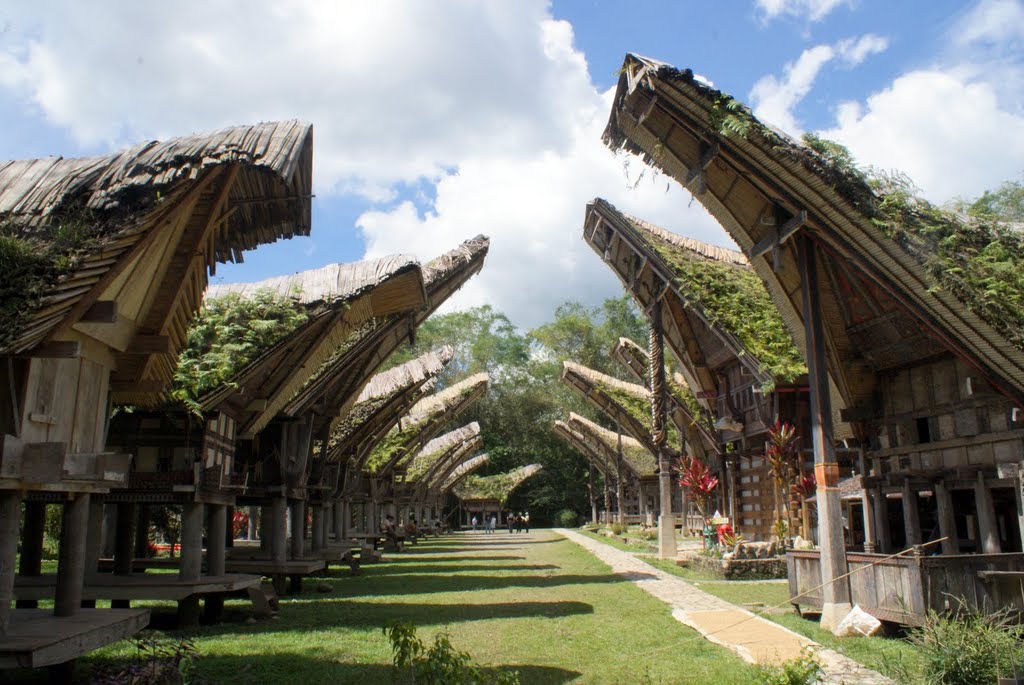
Tour Code: ID4-008
Tour Duration: 4 Days 3 Nights.
Tour Themes:
Tour Route: Makassar-Torajaland
4 Days Indonesia Torajaland Tours
You can tailor-make the tour duration, route, themes, and cultural experiences, etc. 4 Days Indonesia Torajaland ToursYou can always customize a similar tour based on this itinerary. Day 1: ARRIVAL MAKASSAR AIRPORT – HOTEL. (L.D)Upon arrival at Hasanuddin airport ex DPS, guide will meet & greeting you and transfer to Aryaduta Makassar Hotel for overnight. Dinner at Hotel.Day 2: MAKASSAR – TORAJA ( B.L.D )Breakfast at Hotel. Commence the eight hours drive through magnificent country of South Sulawesi to Torajaland. On the way stop at Bantimurung a small water fall with colorful butterfly, Leang-Leang, preshistoric cave traditional villages of Buginese and Makassarese with their typical houses. Lunch will be served at sea-food restaurant in Parepare. Trip will be continued to your destination this afternoon by passing lush rice terraces and mountainous area. Refreshment stop at Lakawan hill to enjoy local coffee and tropical fruits. Arrive in Rantepao, proceed to HOTEL TORAJA HERITAHE **** for Dinner & Overnight (web site : www.torajaheritage.com)Day 3: TORAJA EXCURSION. ( B.L.D )Breakfast at Hotel. Drive to Batutumonga to see the beautiful panorama of the rice terraces in the mountain and the beautiful panorama of Sesean mountain Makassar, visit Torajan typical village at Pallawa, with it’s traditional houses and rice barns with interesting carvings belnding old and new themes. Visit traditional market in Rantepao and Sa’dan as center of silk weaving. Lunch will be serve at local restaurant in Rantepao. Afternoon visiting Marante and Nanggala. Dinner and overnight at the same hotel.Day 4: TORAJA – MAKASSAR AIRPORT ( B.L )Breakfast at Hotel. Drive back for eight hours to Makassar via the same route. Coffee break enroute and lunch will be served in Parepare, arrive in Makassar, bring you to the airport for flight departure to next destination.oo00 END OF SERVICES 00ooCondition :- Land arrangement tour with AC transportation, Experience and licenced Germany / English Speaking guide, transfer, entrance fee, parking fee & porterages fee.- Hotels accommodation base on Share in Twin Bed.- Meals : full board ( B;Breakfast, L; Lunch & D; Dinner ).Not Include :- Air fare,- Airport taxes- And other personal expenses.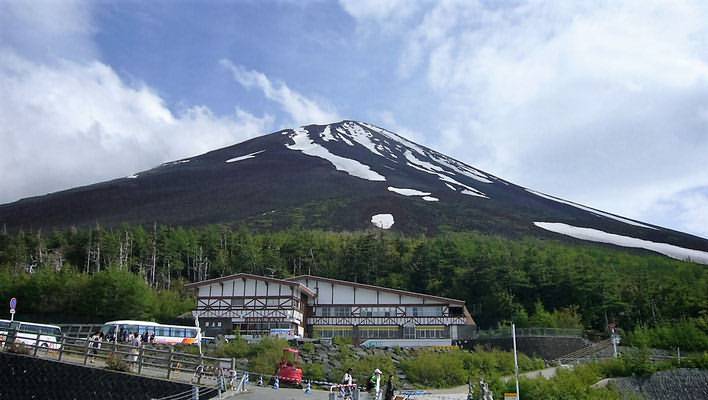
Tour Code: NJ116220-2
Tour Duration: 2 Days 1 Nights.
Tour Themes: Luxury, Classic, UNESCO, Culture History
Tour Route: Tokyo - Mt.Fuji - Hakone - Tokyo
2 Days Japan Luxury Tours Tokyo Mt.Fuji Hakone
You can tailor-make the tour duration, route, themes, and cultural experiences, etc.Mt. Fuji 5th Station
Lake Ashi Cruise
Mt. Komagatake Ropeway
Meiji Jingu Shrine
National Diet Building
Imperial Palace East Gardens
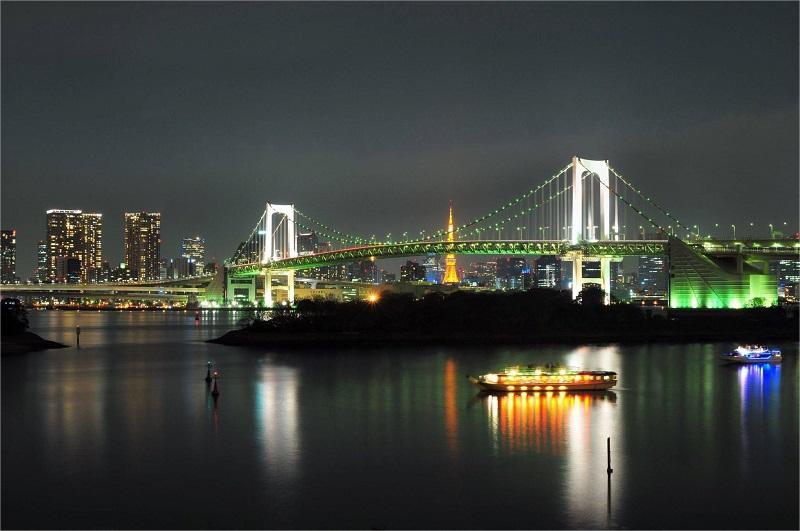
Tour Code: EJ116107-4
Tour Duration: 5 Days 4 Nights.
Tour Themes: Classic, UNESCO, Culture History, Landscape
Tour Route: Tokyo - Mt.Fuji - Hakone - Kyoto
5 Days Japan UNESCO Tours Tokyo Mt.Fuji Hakone Kyoto
You can tailor-make the tour duration, route, themes, and cultural experiences, etc.Meiji Jingu Shrine
National Diet Building
Imperial Palace East Gardens
Mt. Fuji 5th Station
Lake Ashi Cruise
Gion Corner
Nijo Castle
Kinkaku-ji Temple
Kyoto Imperial Palace
Kyoto Departure

Tour Code: NJ115580-3
Tour Duration: 3 Days 2 Nights.
Tour Themes: Luxury, Classic, UNESCO
Tour Route: Tokyo - Mt.Fuji - Hakone - Kyoto - Arashiyama - Kyoto - Hiroshima
3 Days Japan Luxury Tours Tokyo Mt.Fuji Hakone Kyoto Arashiyama Hiroshima
You can tailor-make the tour duration, route, themes, and cultural experiences, etc.Mt. Fuji 5th Station
Lake Ashi Cruise
Mt. Komagatake Ropeway
Tenryu-ji Temple
Sagano Bamboo Grove
Jojakko-ji Temple
Hiroshima Peace Memorial Park
Hiroshima Peace Memorial Museum
Atomic Bomb Dome
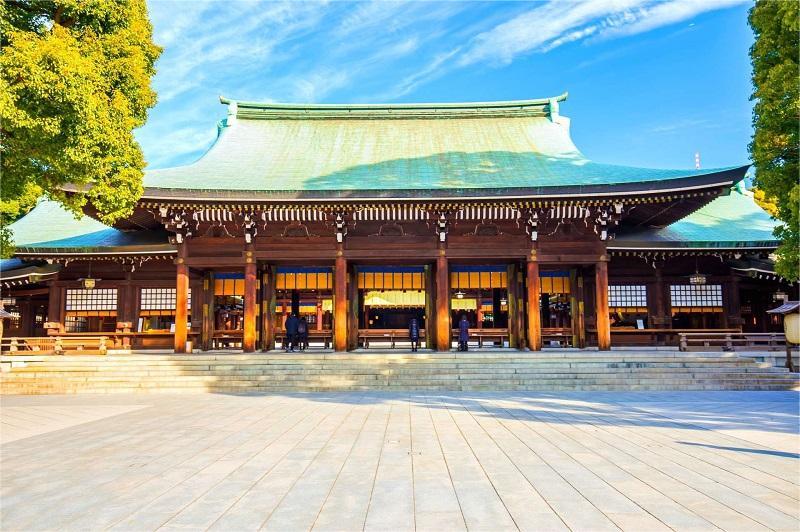
Tour Code: EJ115763-3
Tour Duration: 6 Days 5 Nights.
Tour Themes: Classic, UNESCO, Culture History, Landscape
Tour Route: Tokyo - Mt.Fuji - Hakone - Kyoto - Arashiyama - Kyoto - Tokyo
6 Days Japan UNESCO Tours Tokyo Mt.Fuji Hakone Kyoto Arashiyama
You can tailor-make the tour duration, route, themes, and cultural experiences, etc.Tokyo Arrival
Tokyo Free Day
Meiji Jingu Shrine
Tsukiji Outer Fish Market
Nakamise Shopping Street
Mt. Fuji 5th Station
Mount Fuji Panoramic Ropeway
Lake Kawaguchi
Hakone Free Day
Fushimi Inari Shrine
Kiyomizu-dera Temple
Kyoto Imperial Palace
Kyoto Departure
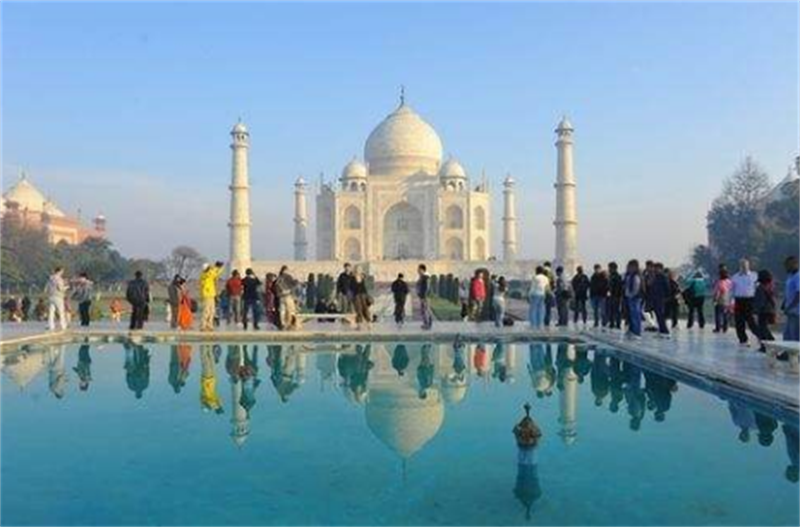
Tour Code: IN14-003
Tour Duration: 14 Days 13 Nights.
Tour Themes:
Tour Route: Delhi-Agra-Jaipur-Udaipur-Udaipur-Jodhpur-Jaisalmer-Bikaner-Mandawa

